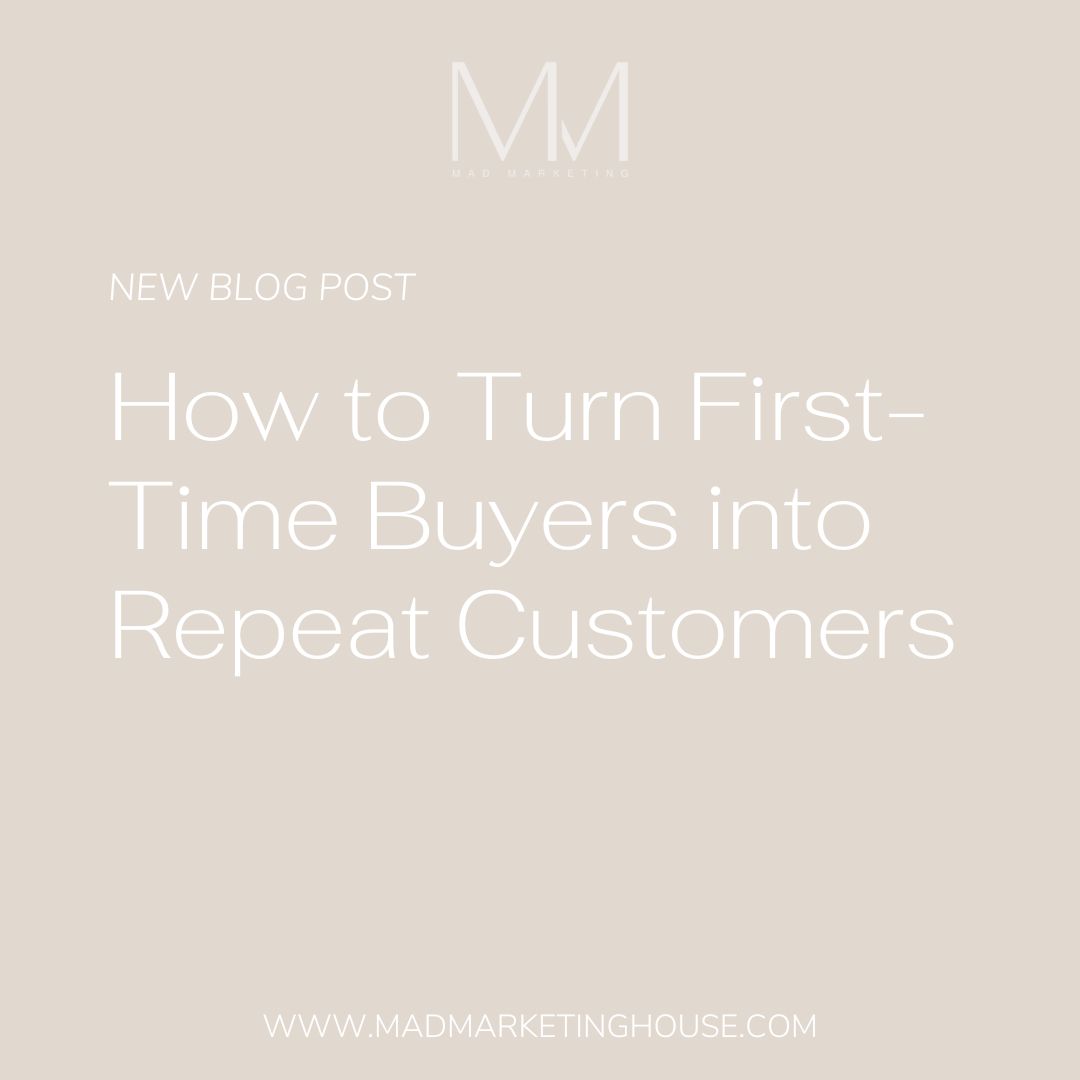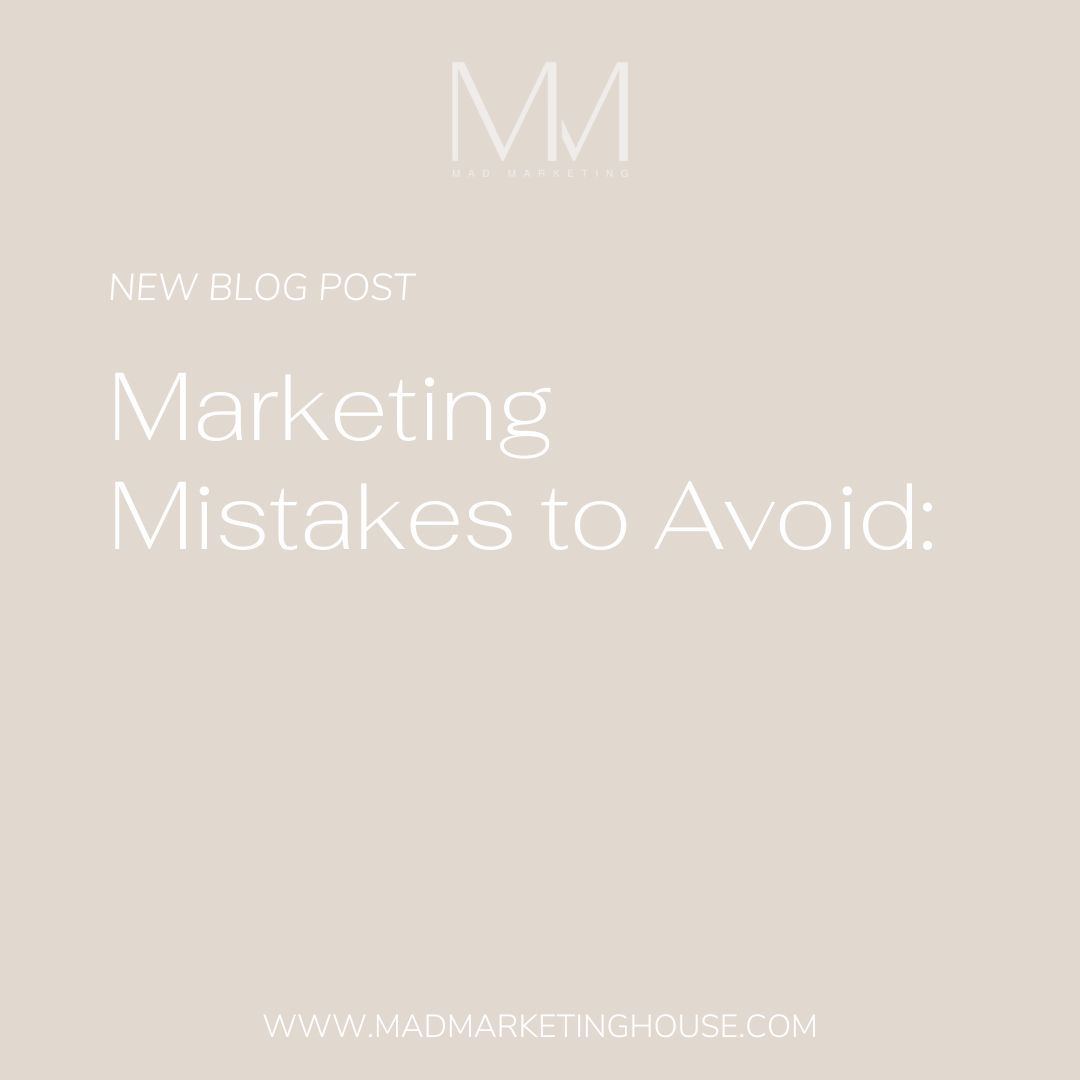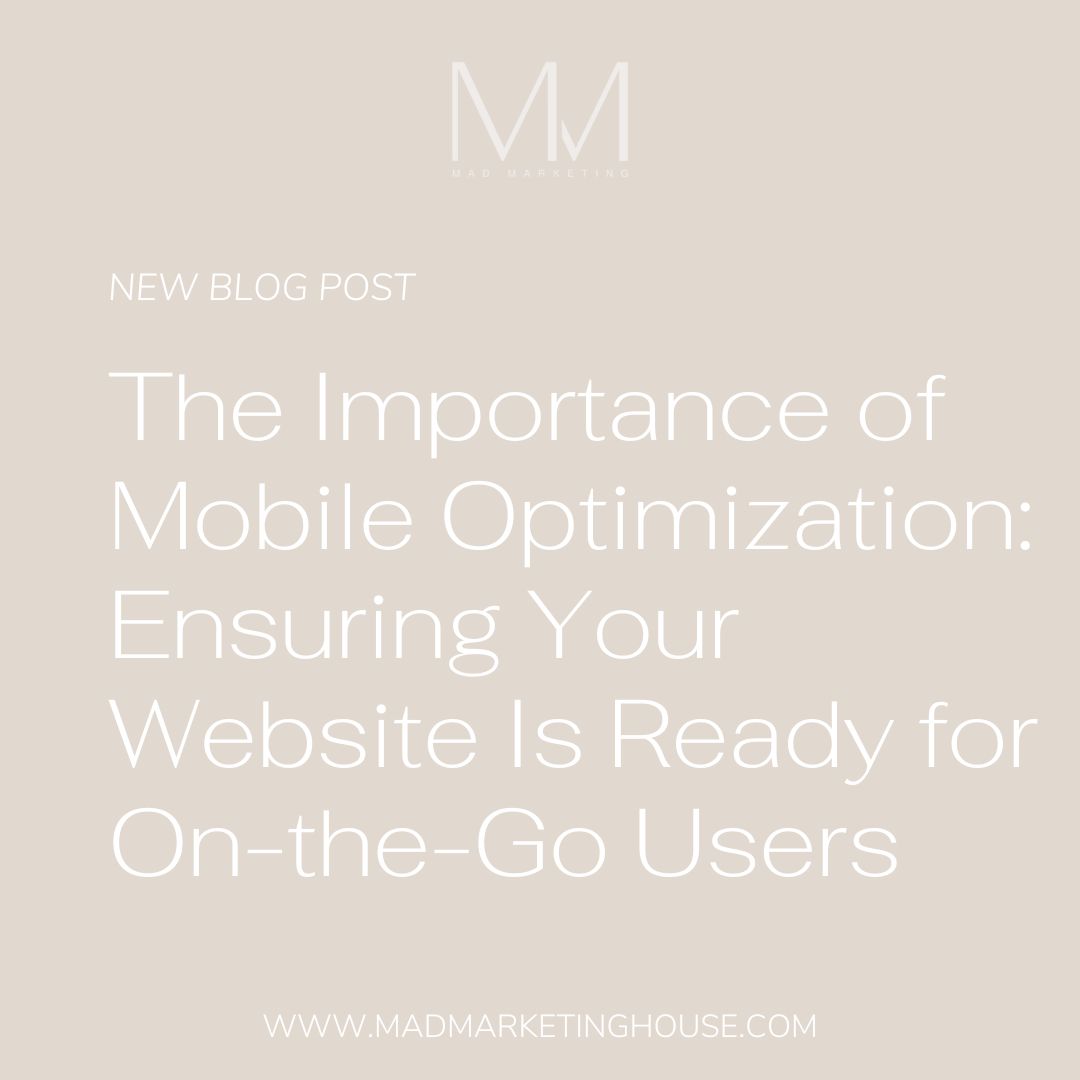With so many analytical terms floating around in today’s digital world, it can be difficult to keep up with it all. However, understanding the analytics behind your email campaigns is pivotal for success. Email campaign analytics provide a treasure trove of insights that can shape your strategies, enhance engagement, and drive meaningful results. In this guide, we’ll navigate through the data sea, breaking down key metrics and providing actionable tips for interpreting and leveraging your email campaign analytics effectively.
1. Open Rates: Open rates measure the percentage of recipients who opened your email. A high open rate indicates strong subject lines and relevance. Analyze trends over time and A/B test subject lines to optimize for maximum opens.
2. Click-Through Rates (CTR): CTR represents the percentage of recipients who clicked on one or more links within your email. Analyze which links perform best and use this data to refine your content and calls-to-action (CTAs).
3. Conversion Rates: Conversion rates track the percentage of email recipients who completed the desired action, such as making a purchase or filling out a form. Understand the conversion journey and optimize elements like landing pages to improve rates.
4. Bounce Rates: Bounce rates indicate the percentage of emails that were undeliverable. Segment bounces into “hard” (permanent issues) and “soft” (temporary issues) bounces. Regularly clean your email list to minimize bounces.
5. Email Sharing/Forwarding Rates: Monitor how often your email content is shared or forwarded. This metric reflects the engagement and relevance of your content. Encourage sharing by including shareable elements and valuable content.
6. Device and Platform Analytics: Understand how your audience accesses and interacts with your emails across devices and platforms. Optimize your email design and content to ensure a seamless experience across various screen sizes and platforms.
7. Time and Day Analysis: Analyze the times and days when your emails perform best. Schedule campaigns based on when your audience is most active to maximize visibility and engagement.
8. Subscriber Engagement Over Time: Track the engagement levels of your subscribers over time. Identify patterns, spikes, or drops in engagement, and adjust your sending frequency or content strategy accordingly.
9. Segmentation Performance: Assess the performance of segmented email campaigns. Compare the engagement rates of different segments to tailor your content and offers more effectively to specific audience groups.
10. Unsubscribe Rates: Unsubscribe rates indicate the percentage of subscribers who opted out of your emails. Analyze the reasons for unsubscribes and adjust your content, frequency, or targeting strategy accordingly.
Mastering email campaign analytics is a journey of continuous improvement and optimization, especially if you are just getting started. By delving into these key metrics and applying insights strategically, you can refine your email campaigns, boost engagement, and achieve meaningful results. However, it may take a little more to build these campaigns and understand the analytics than you are ready for. That is okay! We are here to help you! If you are interested in growing your business through email marketing, give us a call to see how we can serve you and your business!




